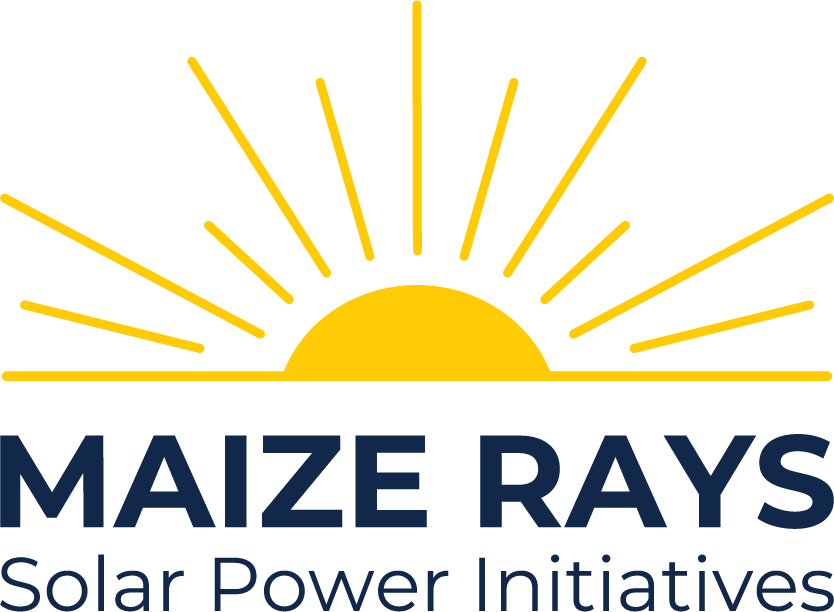
Maize Rays Solar
Power Initiatives
FAQ
U-M has launched a long-term project to install solar panels across campus as part of our commitment to increasing the use of renewable energy. This FAQ provides answers to common questions about the project including how it works, the timeline, benefits for the campus and community, and how it fits into the university’s broader sustainability goals.
Whether you are a student, staff member, neighbor, or simply interested in what we’re doing, we hope this information helps explain the steps we’re taking toward a more sustainable future.
The on-campus solar panel installations will occur over a three-year period, beginning in 2025. Initial installations began with the North Campus Facilities Services Building on the perimeter of the Ann Arbor campus. Installations at UM-Dearborn and UM-Flint will occur in the later phases.
Initial installations will be focused on Ann Arbor campus facilities, including parking areas, large rooftops, and existing buildings.
Installations began at the North Campus Facilities Services Building in the Spring of 2025.
The solar panels will provide renewable electricity directly to U-M buildings, supporting the university’s goal to eliminate Scope 2 emissions from purchased electricity. This contributes to the university’s energy resilience and climate action goals, benefiting both the campus and surrounding communities.
The installations will have a total capacity of 25 megawatts, equivalent to the power used by approximately 3,000 homes annually once fully operational.
By contributing to the elimination of Scope 2 emissions, the installations will reduce operating costs related to electricity and help meet the university’s carbon neutrality goals, decreasing our overall carbon footprint.
The Boviet 550-watt solar panel is designed to last around 25 to 30 years.
Like all solar panels, it slowly becomes less efficient over time. These specific panels lose about 0.5% of power output each year. That means:
- In the first year, it will produce about 99.5% of its original power.
- After 25 years, it will still produce around 86% of its original output.
In short, it’s built to keep working reliably for decades, with only a gradual decline in performance.
The University of Michigan will own and operate the installed solar systems. The Facilities and Operations department will oversee maintenance and monitoring, ensuring the systems contribute effectively to energy resilience and sustainability goals.
The university’s investments aim to offer long-term benefits such as reduced operating costs, improved energy resilience, and reduced financial risk from volatile fuel markets.
Yes, if you are interested in learning more please contact your facility manager or the Office of the Associate Vice President for Campus Sustainability.
Yes, the university plans phased installations at Ann Arbor, UM-Dearborn, and UM-Flint campuses, assessing additional locations over time.
Combined with an existing Michigan-based wind Power Purchase Agreement (PPA) and a new Michigan-based solar Power Purchase Agreement, the campus solar installations are anticipated to support U-M in reaching net zero emissions associated with purchased electricity (Scope 2 emissions) by 2027. The campus solar project is part of the comprehensive Campus Plan 2050 and supports the university’s Vision 2034 impact area, targeting climate action, sustainability, and environmental justice. It works alongside other initiatives like energy infrastructure transitions, building efficiency and electrification, and transit infrastructure improvements to establish U-M as a leader in climate action.

